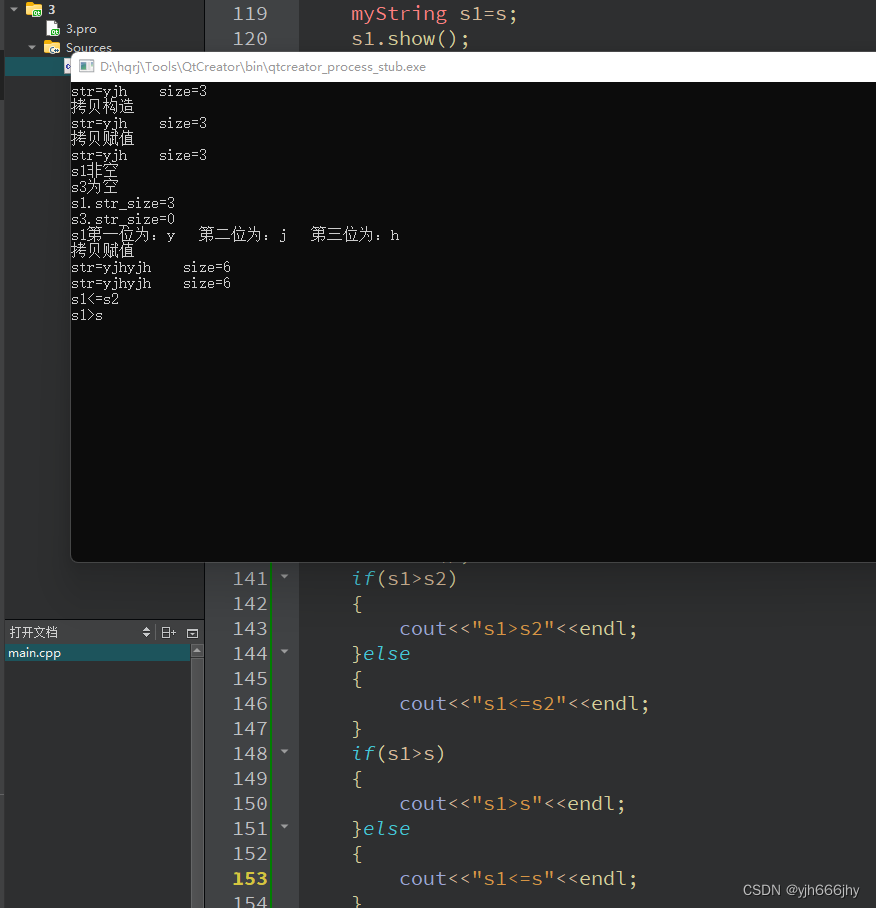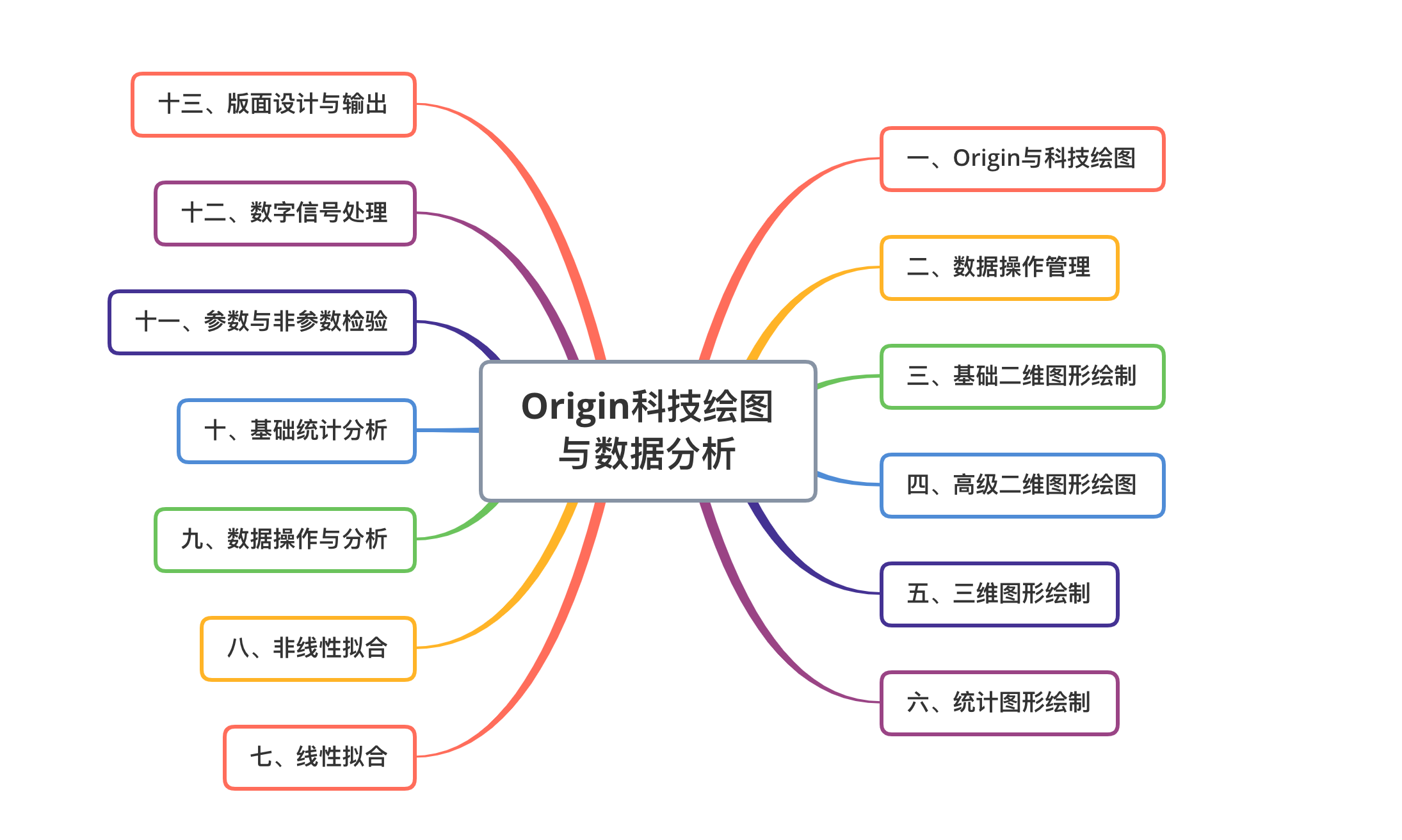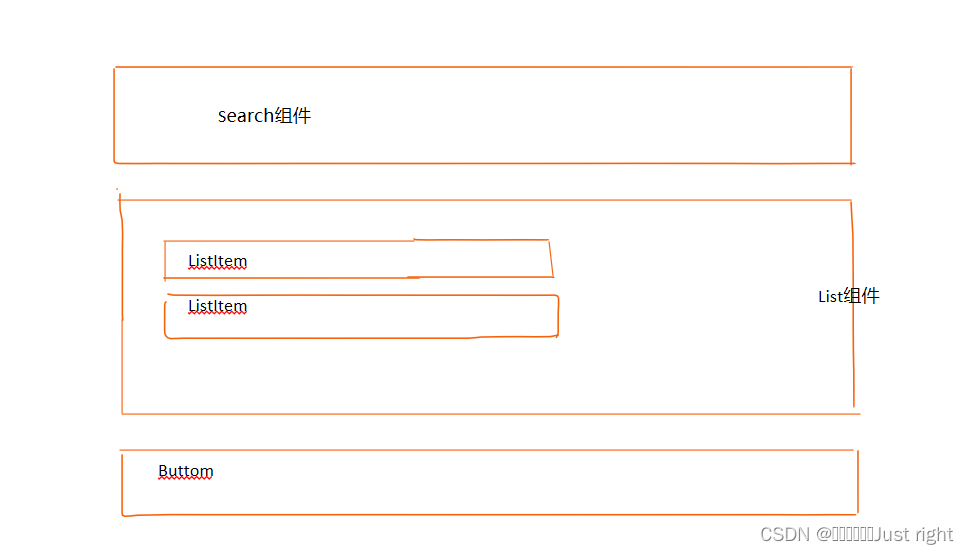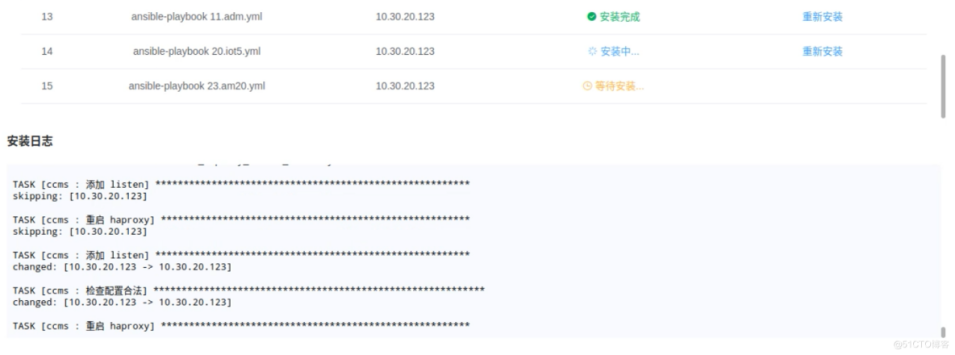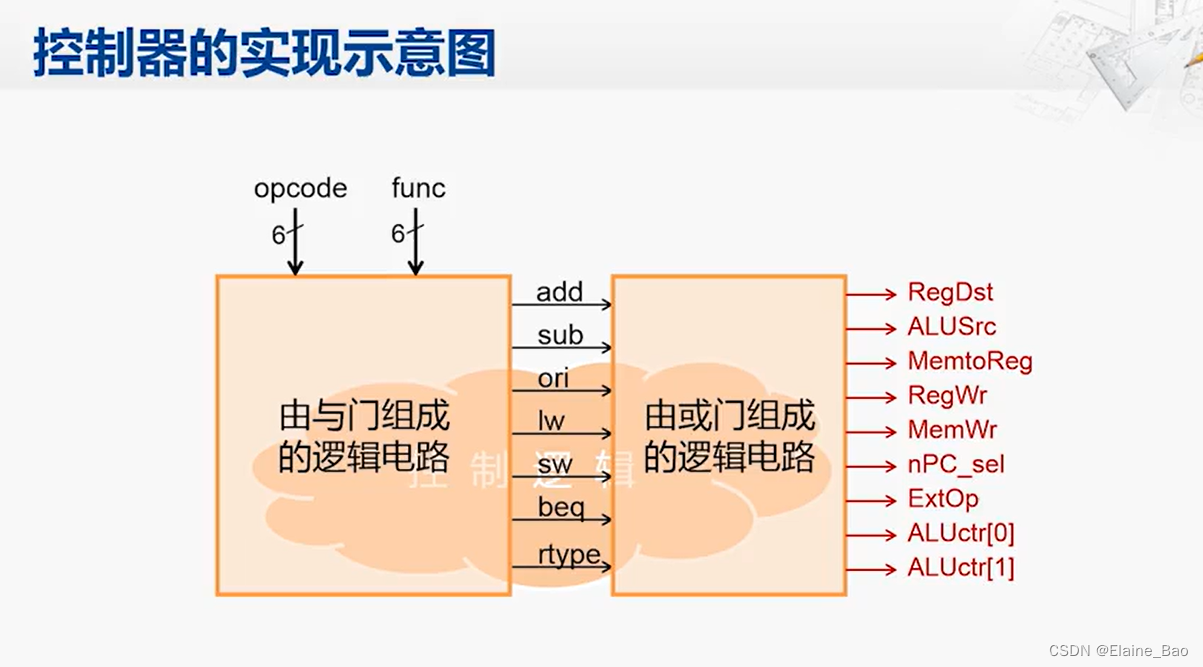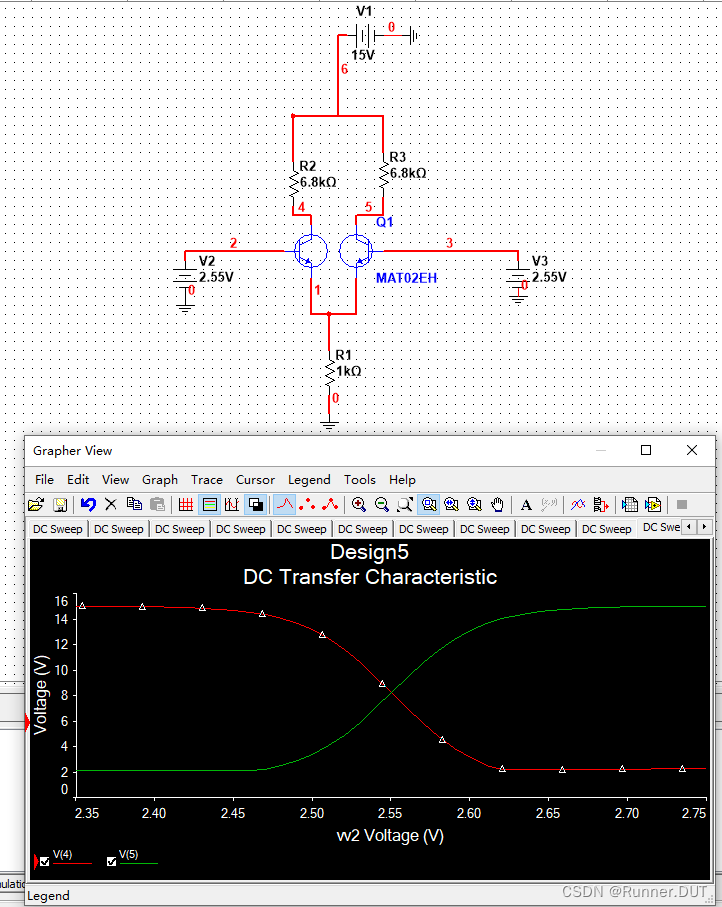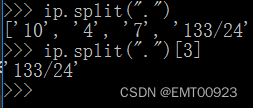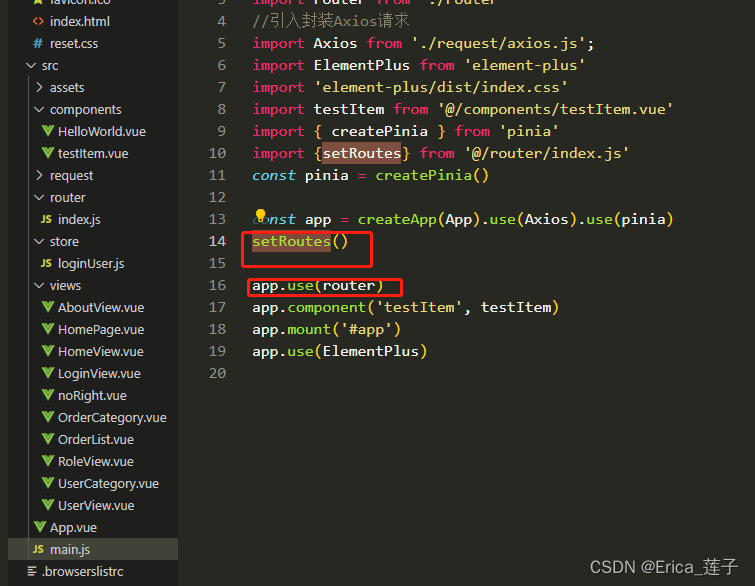1.仿照string类,完成myString 类
代码:
#include <iostream>
#include <cstring>
using namespace std;
class myString
{
private:
char *str; //记录c风格的字符串
int size; //记录字符串的实际长度
public:
//无参构造
myString():size(10)
{
str = new char[size]; //构造出一个长度为10的字符串
strcpy(str,""); //赋值为空串
cout<<"无参构造"<<endl;
}
//有参构造
myString(const char *s) //string s("hello world")
{
size = strlen(s);
str = new char[size+1];
strcpy(str, s);
cout<<"有参构造"<<endl;
}
//拷贝构造
myString(const myString &other):
str(new char(*other.str)),size(other.size)
{
// strcpy(str,""); //赋值为空串
// for(int i=0;i<this->size;i++)
// {
// str[i]=this->str[i];
// }
cout<<"拷贝构造成功"<<endl;
}
//析构函数
~myString()
{
delete str;
str=nullptr;
}
//拷贝赋值函数
myString & operator=(const myString &other)
{
if(this!=&other)
{
this->size=other.size;
if(this->str!=NULL)
{
delete this->str;
}
this->str=new char(*other.str);
}
cout<<"拷贝赋值成功"<<endl;
return *this;
}
//判空函数
bool empty()
{
if(strcmp(str,"")==0)
{
return true;
}else {
return false;
}
}
//size函数
int s_size()
{
return strlen(this->str);
}
//c_str函数:返回字符串的首地址
char *c_str()
{
return str;
}
//at函数
char &at(int pos)
{
return str[pos];
}
//加号运算符重载
const myString operator+(myString &s)const
{
myString c;
c.size=this->size+s.s_size();
c.str=this->str;
strcat(c.str,s.str);
return c;
}
//加等于运算符重载
myString & operator+=(const myString &s)
{
this->size+=s.size;
strcat(this->str,s.str);
return *this;
}
//关系运算符重载(>)
bool operator>(const myString &s)const
{
if(strcmp(this->str,s.str)>0)
{
return true;
}else {
return false;
}
}
//中括号运算符重载
char & operator[](int index)
{
return this->str[index];
}
//查看函数
void show()
{
cout<<"size="<<size<<endl;
cout<<"s_size="<<s_size()<<endl;
cout<<"str="<<str<<endl;
}
};
int main()
{
myString s1("hello");
s1.show();
myString s2(" world");
s2.show();
myString s3=s1+s2;
s3.show();
if(s1>s2)
{
cout<<"yes"<<endl;
}else{ cout<<"no"<<endl; }
return 0;
}
运行结果:
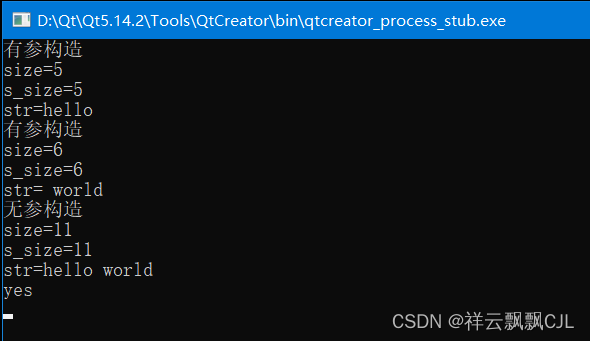
2.思维导图




